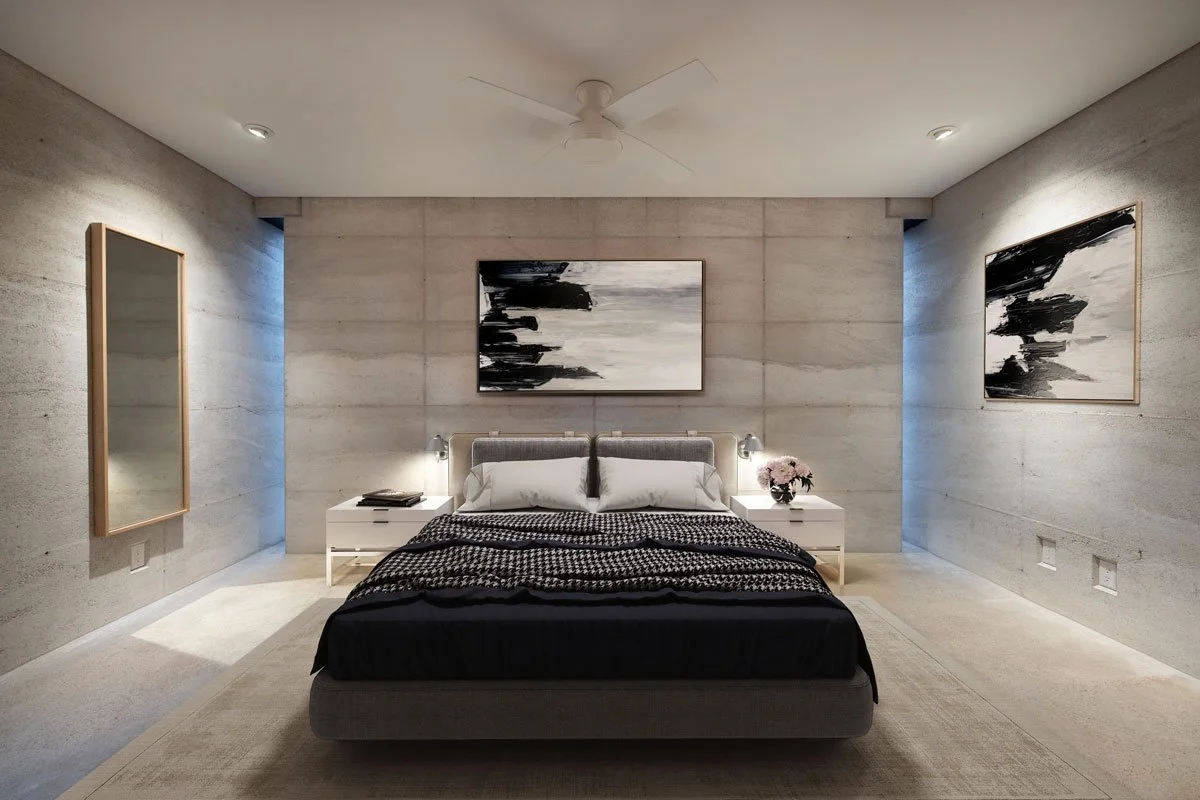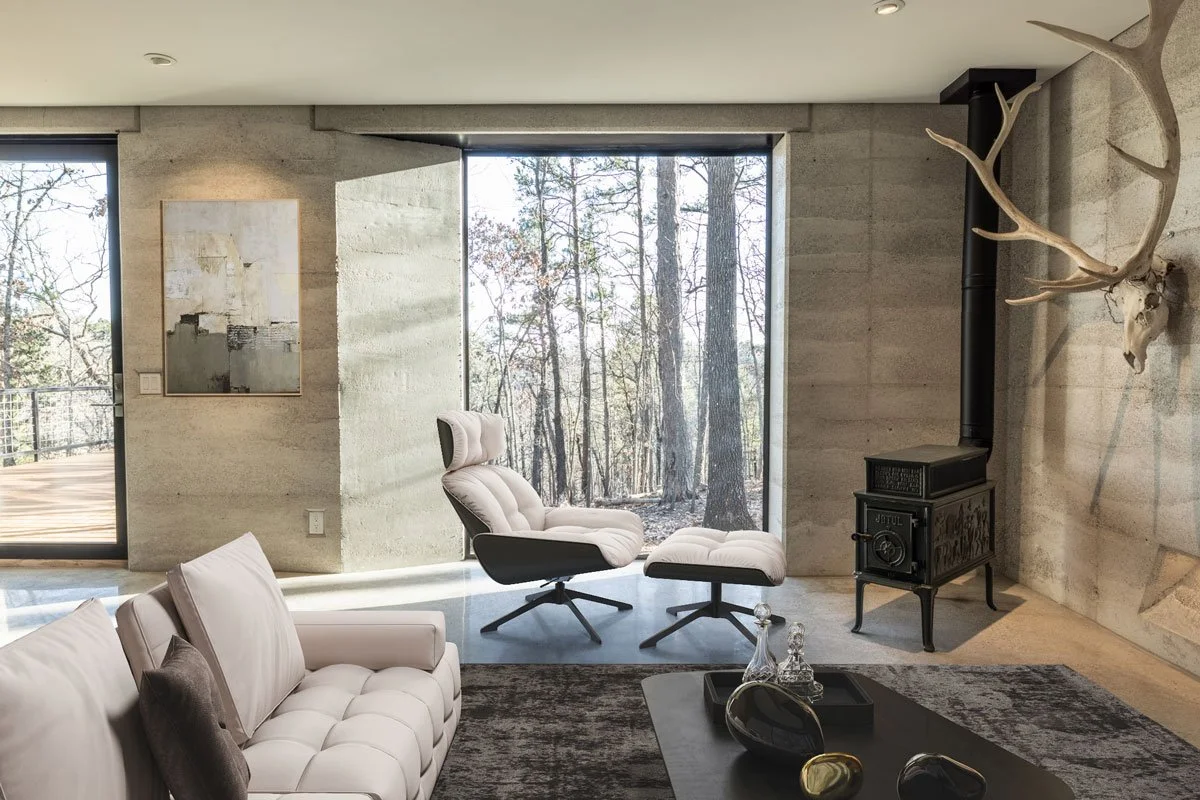Everything You Need to Know About Rammed Earth
Whether you’re an architect, builder, or owner, questions about Rammed Earth come up fast: strength, cost, climate, cladding, furniture, and more. This guide gathers answers from years of building and consulting across the United States - so you can plan with confidence and get your project moving.
FAQ - Rammed Earth Questions & Answers
-
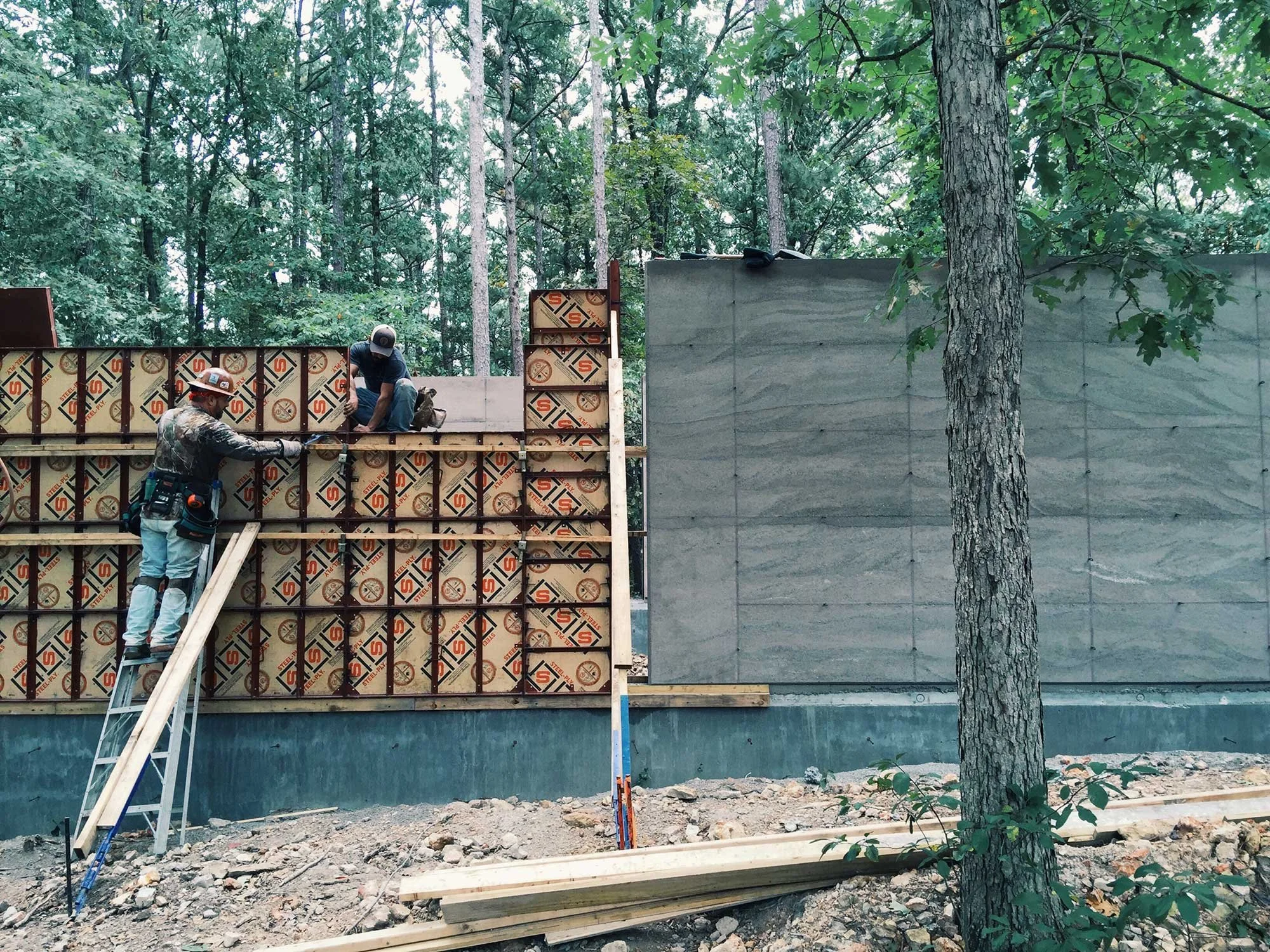
What is Rammed Earth construction?
Rammed Earth is a building method that uses local or specially selected earth (soil, gravel, sand, sometimes stabilizers) compressed in “lifts” between forms to create thick, durable walls. These walls offer natural texture, strength, and thermal mass - meaning they absorb heat during the day and release it slowly, helping your interior feel comfortable.
-
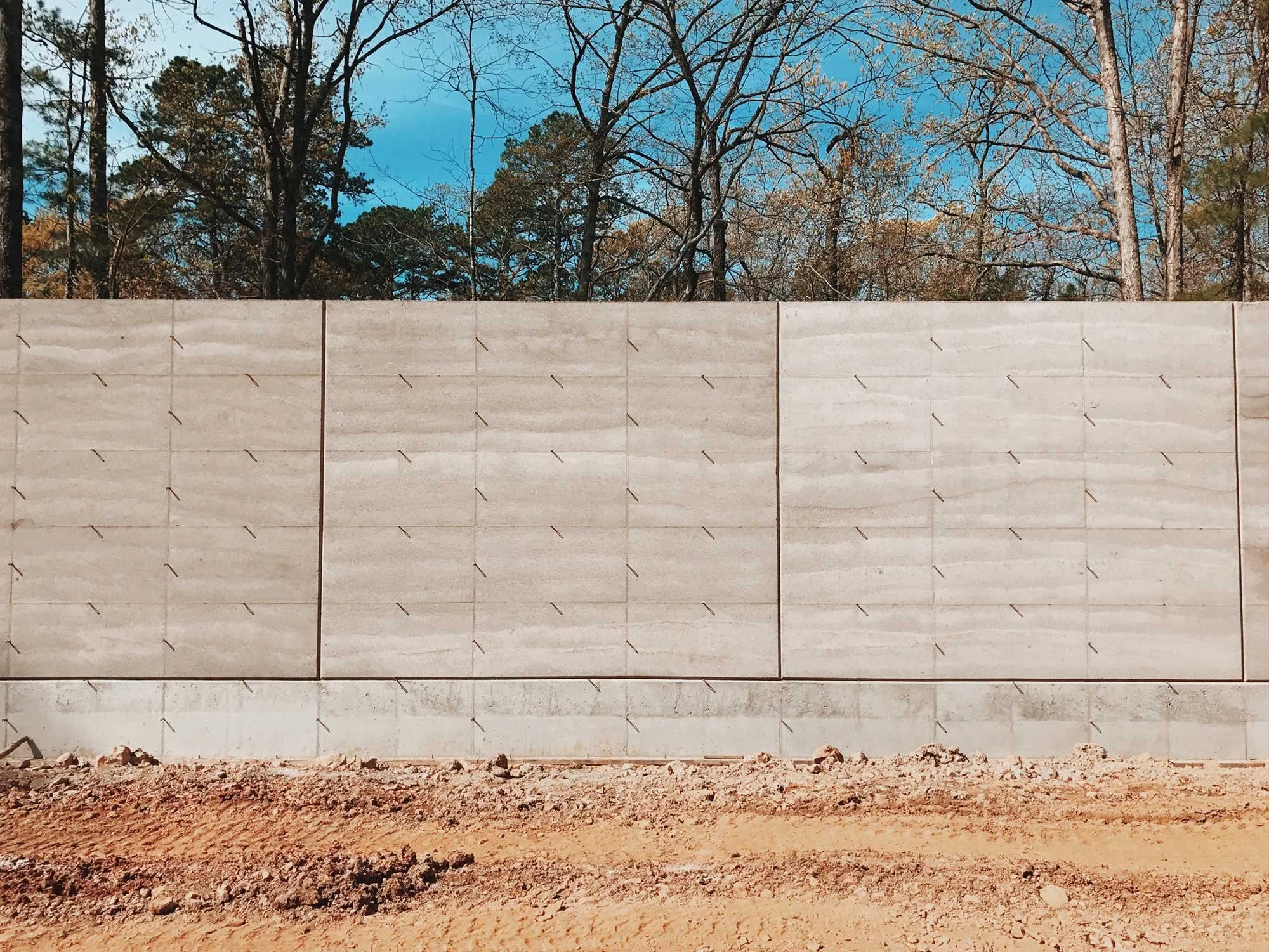
How does Rammed Earth differ from adobe or compressed blocks?
Adobe and compressed blocks are made individually, while Rammed Earth is tamped in place, forming one solid wall without mortar joints. This yields higher strength, fewer weak points, and sleek continuous surfaces.
-
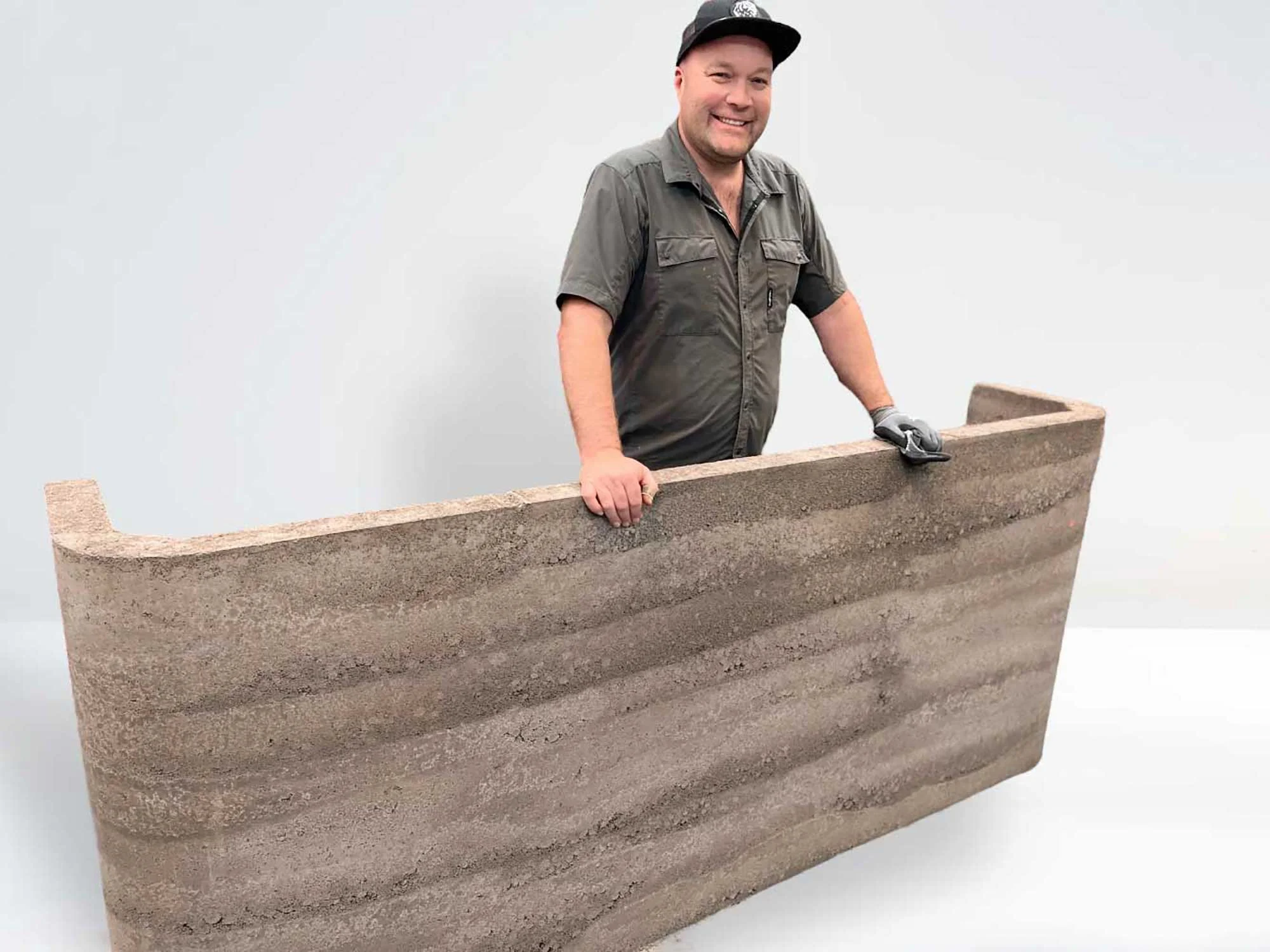
What is Ultra High Performance Rammed Earth (UHPRE)?
UHPRE is our advanced mix with compressive strength over 13,000 PSI (≈90 MPa), perfect for cladding, furniture, and structural work. It lets architects push Earth beyond walls into panels, benches, and reception desks.
-
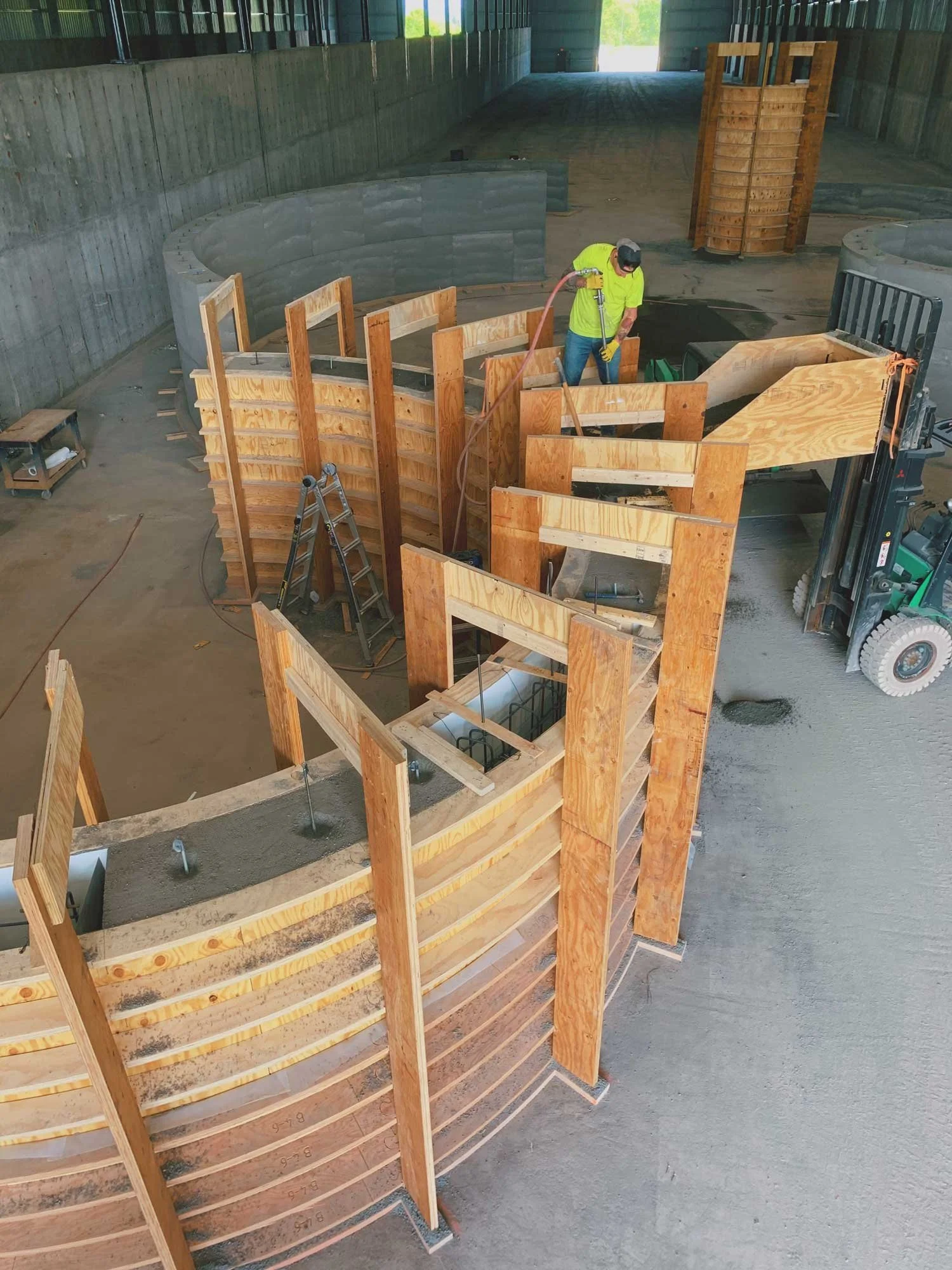
Is Rammed Earth legal in my state?
Yes. Codes differ by region, so we coordinate with engineers and inspectors to meet seismic, insulation, moisture, and structural standards. Our assemblies satisfy U.S. codes while preserving the beauty of Earth.
-

What soil is best for Rammed Earth?
Ideal soil blends sand, silt, clay, and small gravel. We test for strength, color, and texture, adding stabilizers and admixtures if needed. The right recipe gives dependable walls and rich tones.
-

How strong are Rammed Earth walls?
Standard stabilized Rammed Earth walls typically achieve compressive strengths between 1,000 and 5,000 PSI (≈7-35 MPa) for most wall assemblies. For projects that require extreme performance, we’ve developed Ultra High Performance Rammed Earth (UHPRE) mixes that can exceed 13,000 PSI (≈90 MPa). This level of strength supports specialized applications such as cladding panels, furniture, and high-load structural elements, while preserving the natural look and feel of Rammed Earth.
-
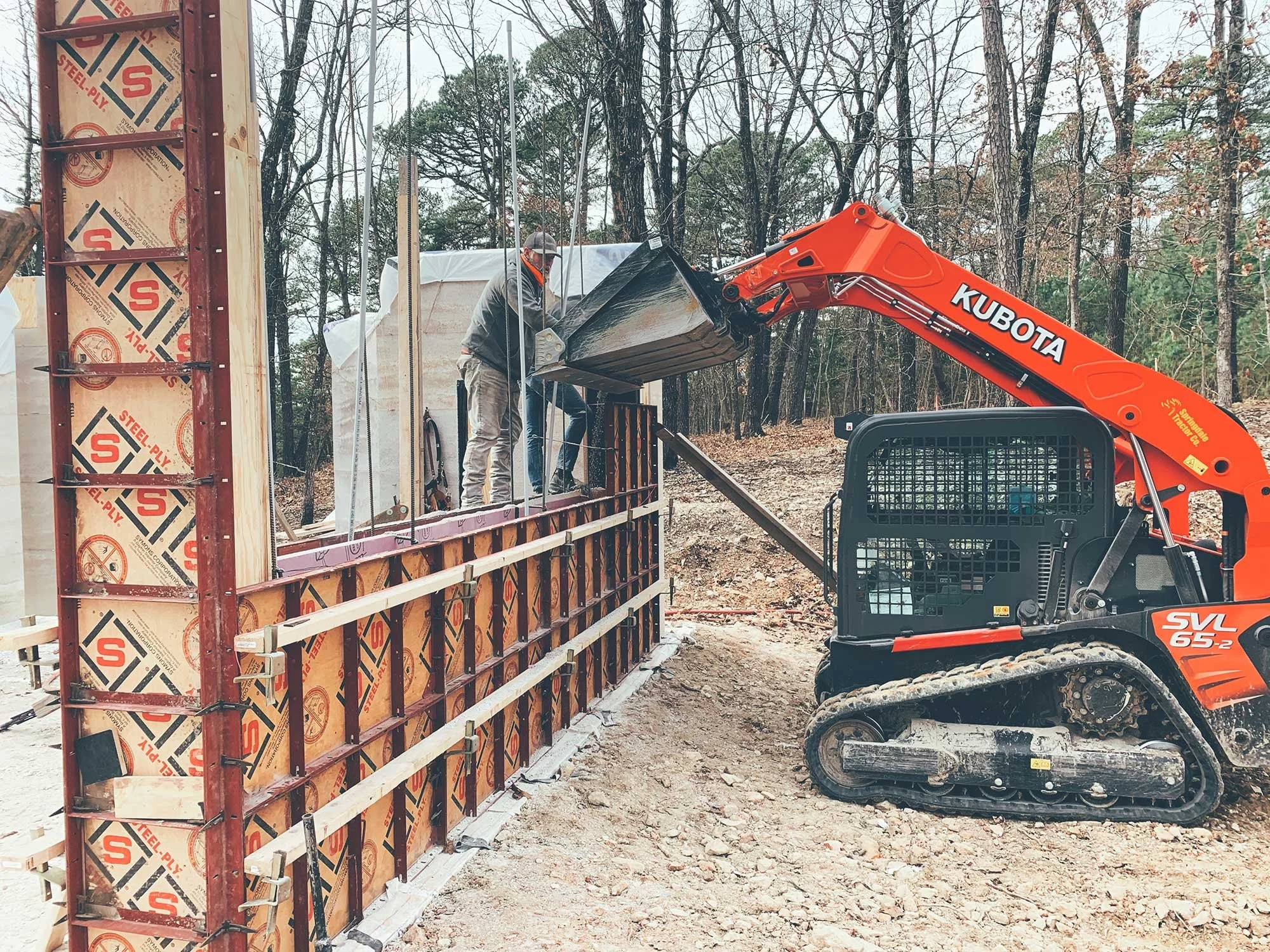
What insulation or R-value do Rammed Earth walls offer?
Thick walls store and release heat, creating stable indoor temperatures. Adding insulation or cladding boosts R-values, keeping you warm in winter and cool in summer.
-

How does Rammed Earth handle moisture and freeze-thaw?
We protect walls with drainage, cap flashings, breathable sealers, and proven mix designs. Our details let Rammed Earth thrive in wet or cold regions without erosion or cracking.
-

Can Rammed Earth work in seismic zones?
Yes. We embed reinforcement and our team collaborates with structural engineers to meet local seismic codes.
-
What does Rammed Earth construction cost?
Pricing varies by soil source, wall thickness, finish, and logistics. Standard walls typically cost more than framed walls but deliver unmatched durability, presence, and quality of life. Custom UHPRE furniture or cladding carries a premium for precision and ingredient costs.
-

How long does it take to build Rammed Earth walls?
Smaller residential projects may take weeks; large commercial or furniture/cladding installations can take months. Early design support and mockups shorten timelines.
-
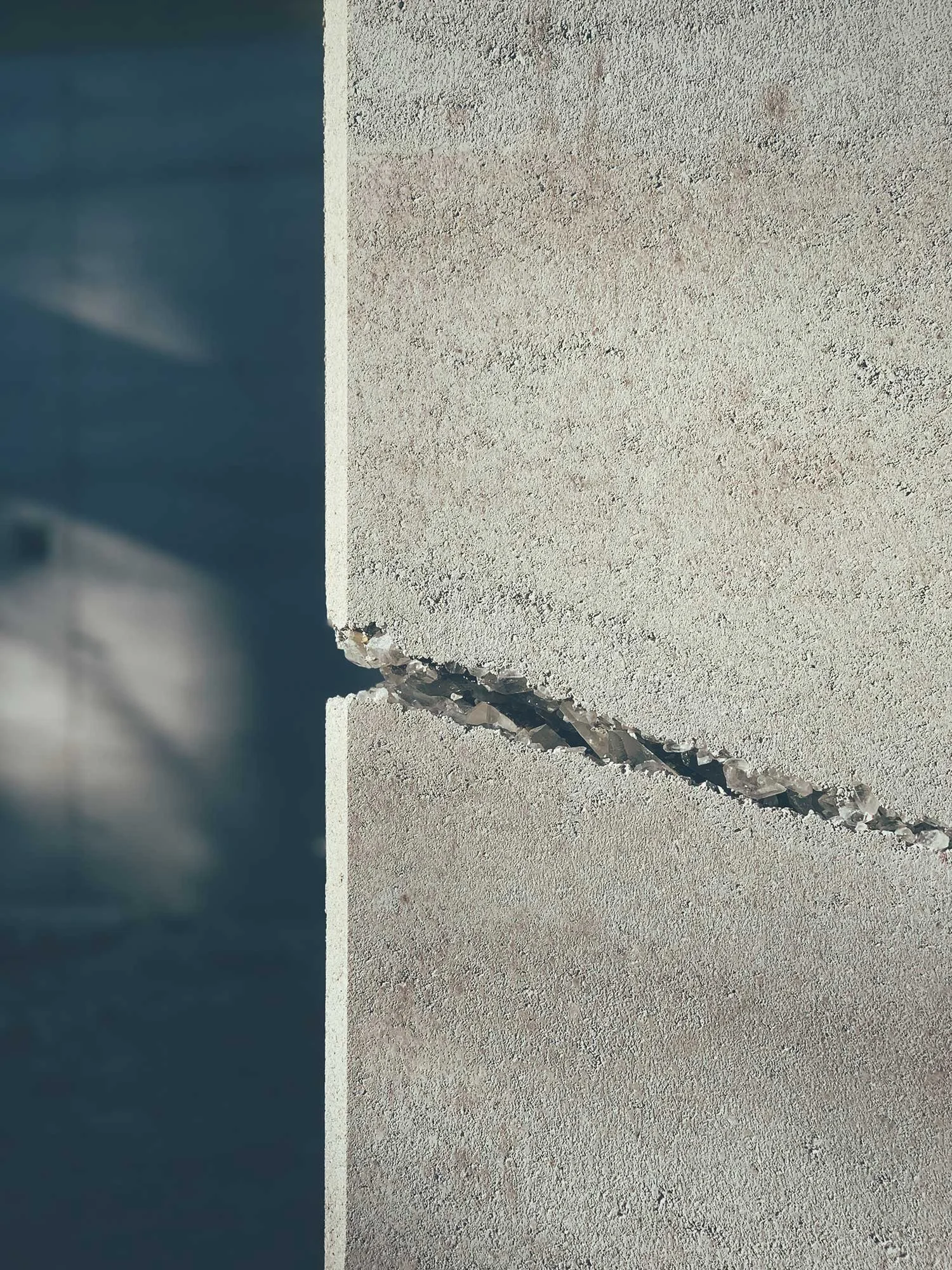
Does Rammed Earth crack or require upkeep?
Hairline drying marks may appear but don’t weaken walls. Proper joints, curing, and drainage prevent structural cracks. Maintenance is minimal - occasional cleaning and inspection of sealers
-

Can Rammed Earth be prefabricated as panels or furniture?
Absolutely. Our UHPRE mix allows panels, cladding, furniture, planters, signage, and reception desks with the same character as full walls - lighter yet incredibly strong.
-
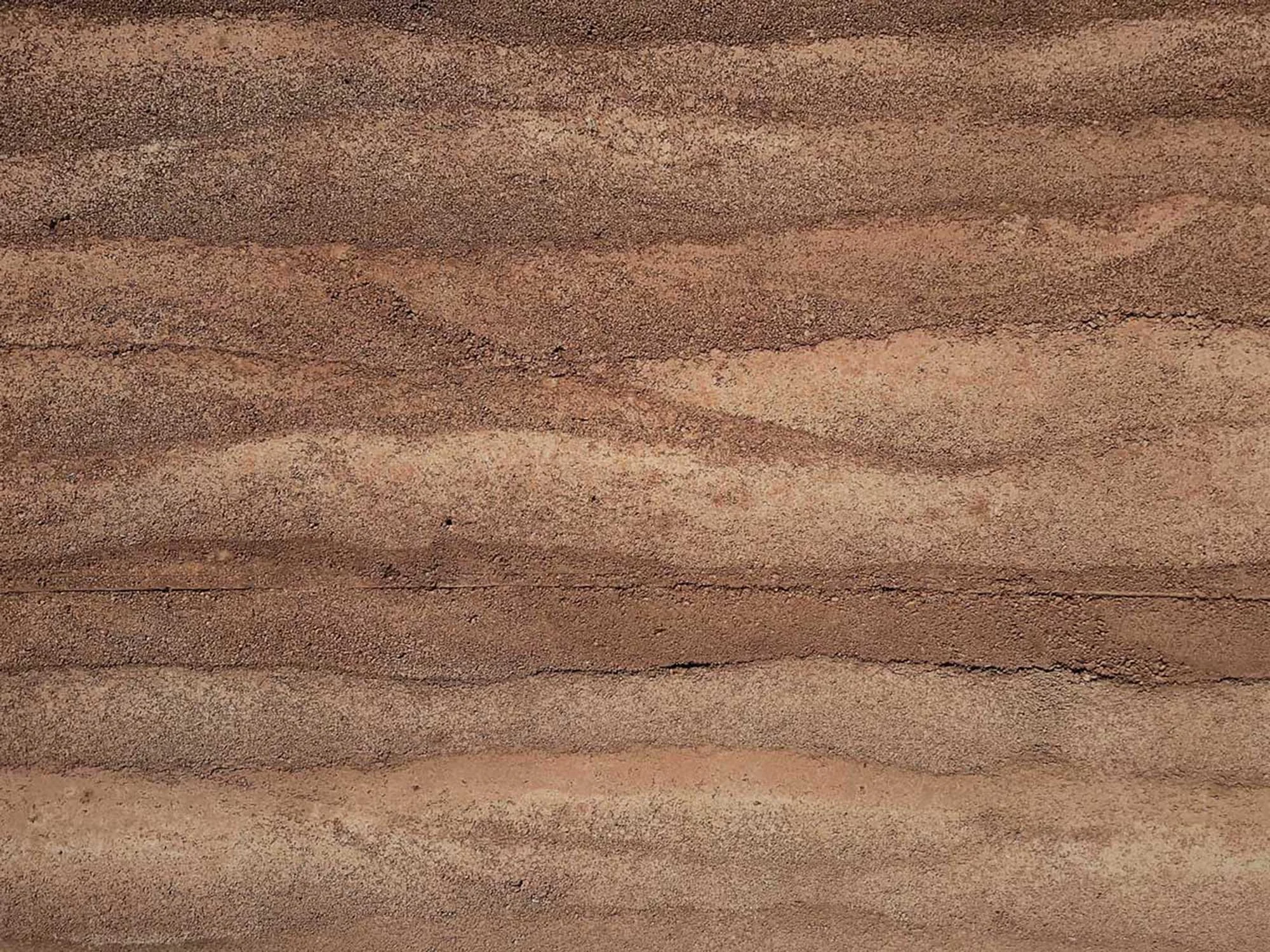
What design choices exist for color, texture, and lift lines?
We refine soils for hue and particle size, offer varied lift profiles, and finish from raw to polished. Each detail gives personality while staying true to Earth’s palette. Natural pigments can be added to shift color or for bolder color.
-
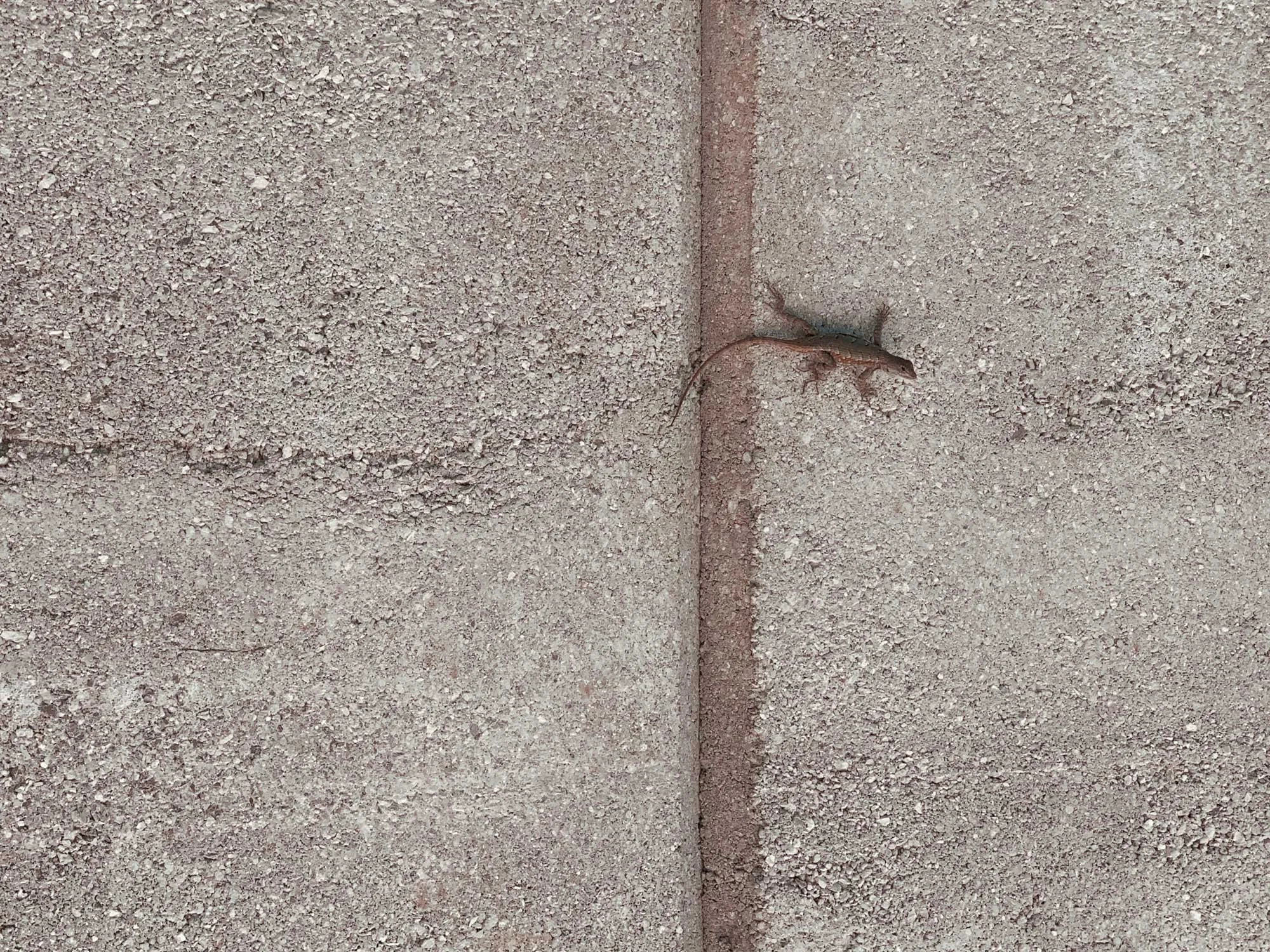
Is Rammed Earth environmentally friendly?
Yes. Rammed Earth uses local soil, low stabilizer content, and provides thermal mass that reduces energy use. Walls last centuries, avoiding frequent replacement, and require little to no maintenance, ever.
-
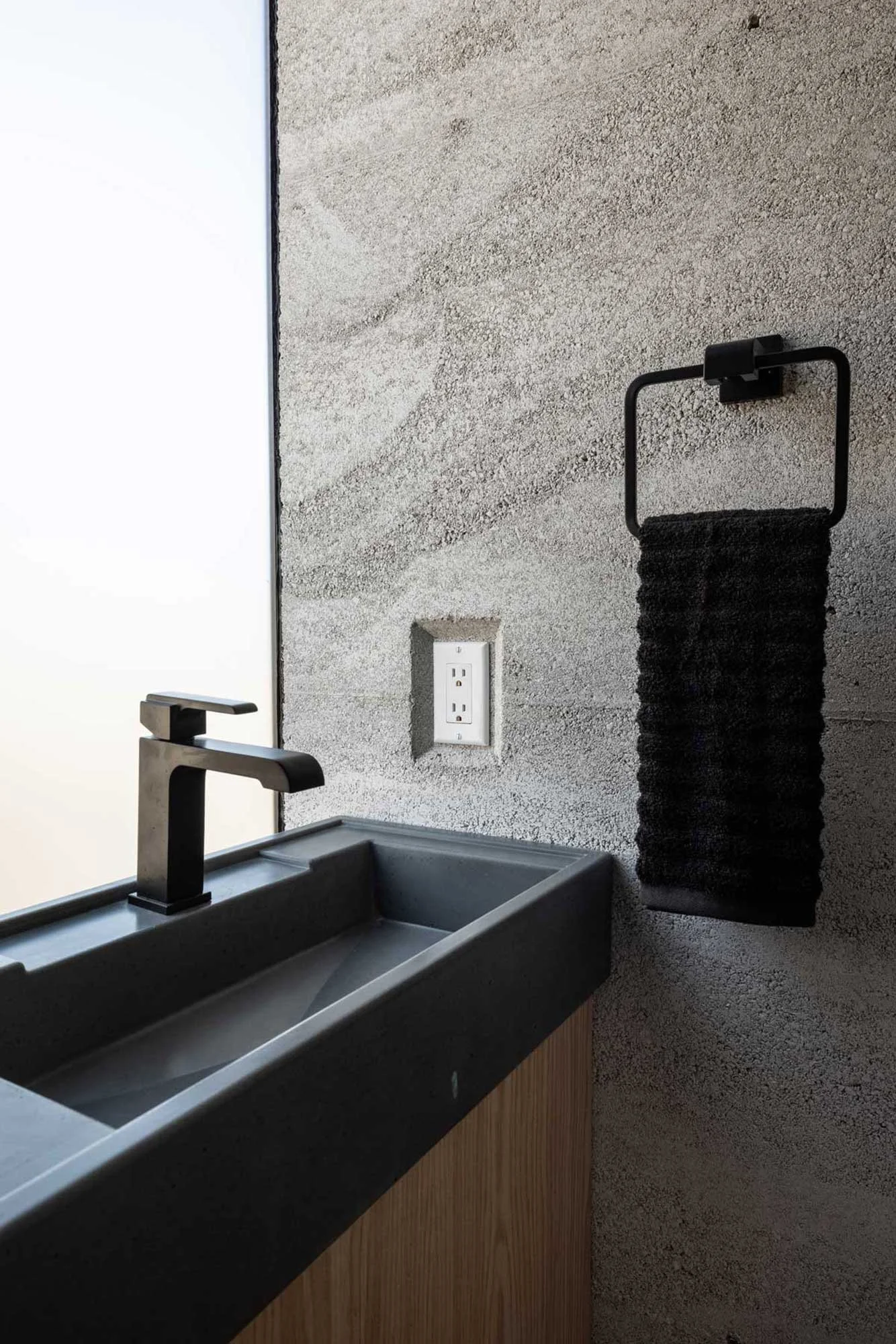
How do you guarantee quality?
Through lab tests, mockups, on-site supervision, and crew training. We check compaction, moisture, reinforcement, and curing to achieve reliable results every time.
-

Are there limitations to Rammed Earth?
It may not suit sites with high water tables or extremely wet climates without careful detailing. It requires skilled labor and upfront planning, but the results outweigh the challenges.
-

How does Rammed Earth improve energy efficiency?
Its thermal mass stores heat by day and releases it slowly, smoothing indoor temperature swings. Paired with insulation, it reduces HVAC loads and energy bills.
-
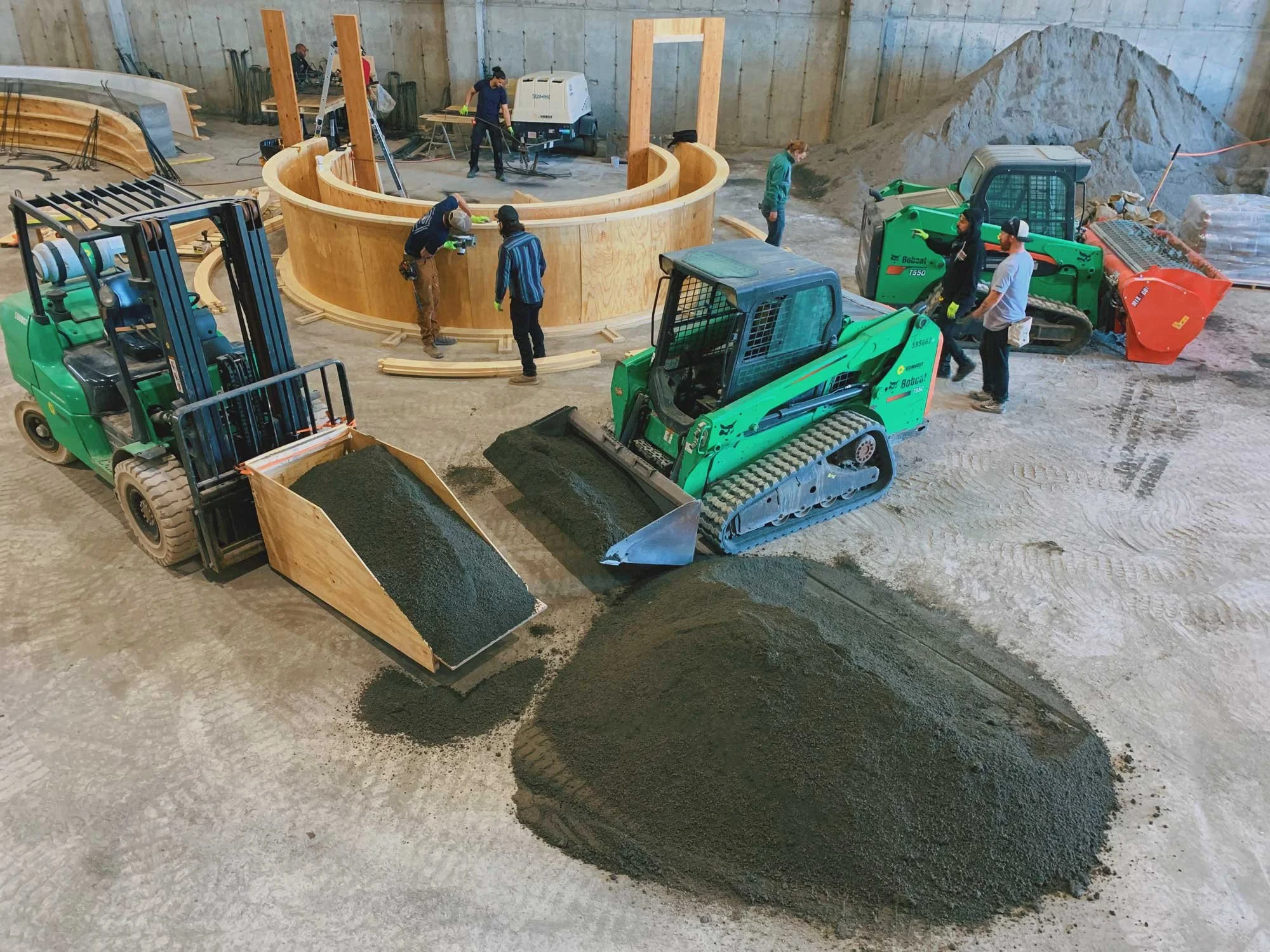
Is Rammed Earth safe and durable for commercial projects?
Yes. Properly engineered Rammed Earth resists fire, pests, and weathering while bearing heavy loads. It’s ideal for hospitality, education, and civic architecture.
-
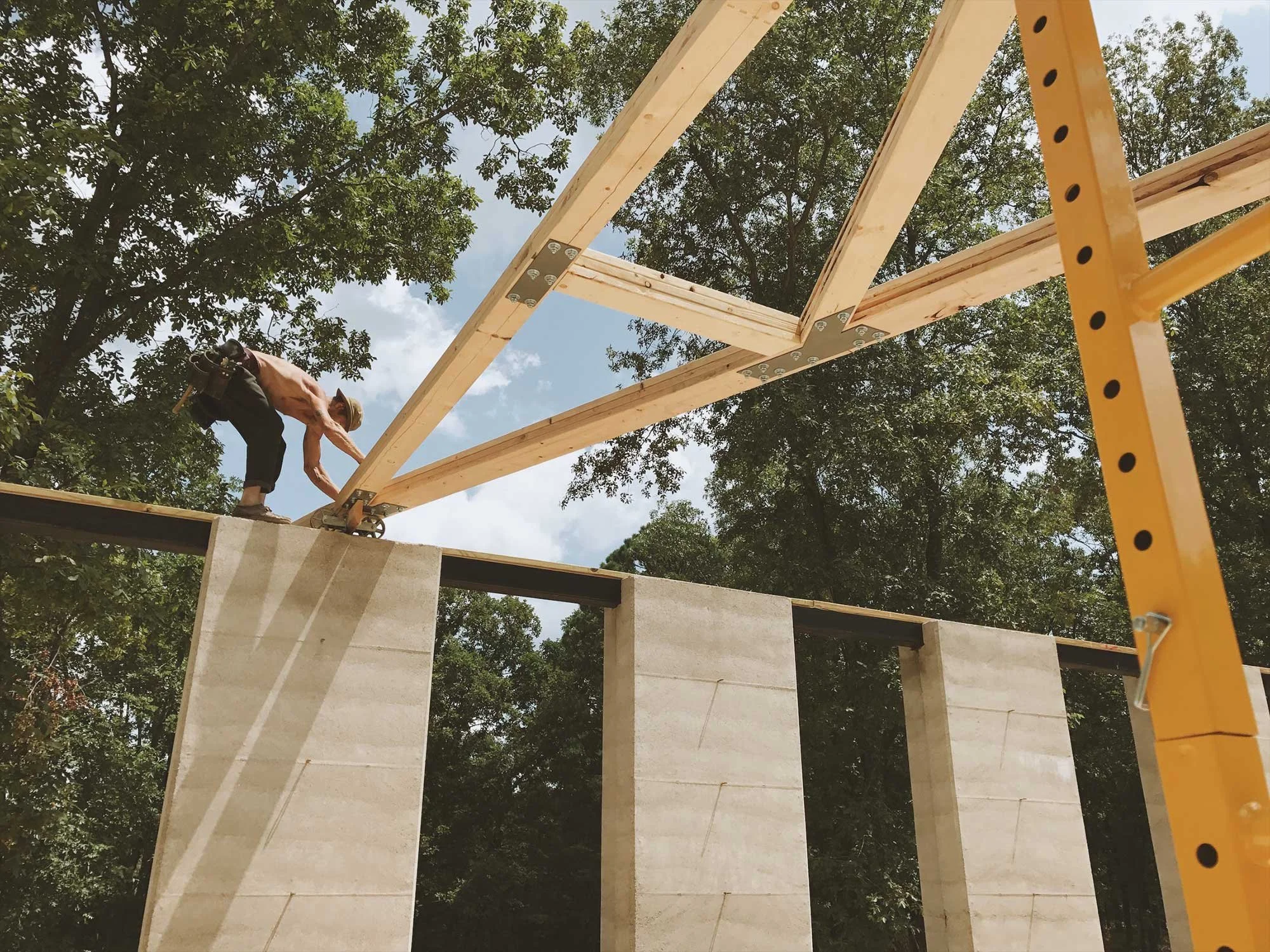
How do I start my Rammed Earth project?
Contact us through this website or book consulting. We’ll review goals, evaluate soils, make suggestions, and map a clear schedule so your Rammed Earth vision becomes reality.
-
Why choose The Rammed Earth Co. for your project?
Because experience and innovation matter. Since 2012, we’ve combined hands-on craftsmanship with rigorous engineering and execution to deliver Rammed Earth walls, cladding, and furniture across the United States. We pioneered Ultra High Performance Rammed Earth (UHPRE) to achieve compressive strengths over 13,000 PSI (≈90 MPa), giving architects and owners solutions no one else can match. From early consulting to full construction, we make sure your Rammed Earth project is beautiful, durable, and built right the first time.
Let’s Build Something Solid
A great project starts with a good plan. Fill out the form below and let’s talk about how Rammed Earth can give your space strength, character, and lasting beauty.

